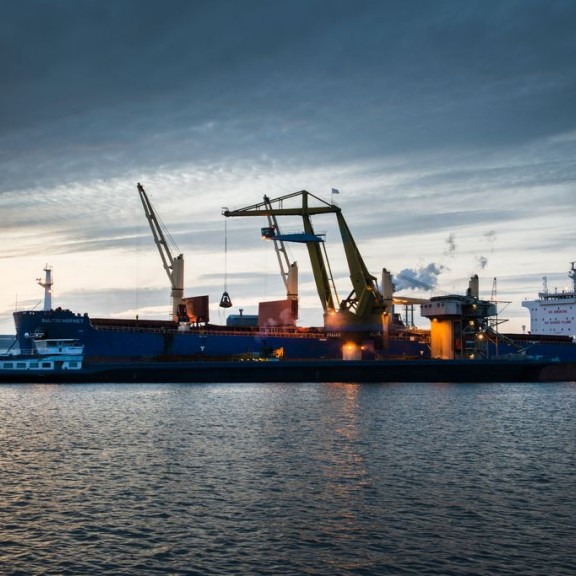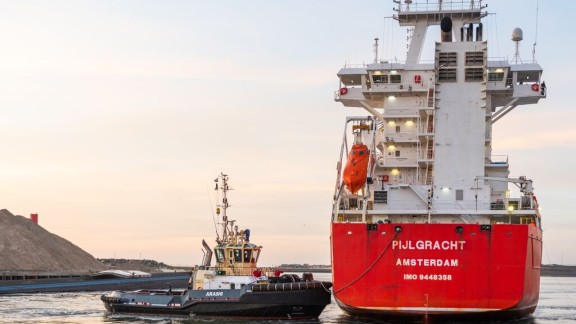
Ballast water convention
The ballast water convention applies to all seagoing vessels carrying ballast water. These ships must carry a certificate, an approved ballast water management plan and a ballast water record book.
Purpose of the ballast water convention
The ballast water convention has been in force since 8 September 2017. The purpose of the convention is to prevent alien or new species of organisms from entering the aquatic environment.
These organisms can be carried in the ballast water on board seagoing vessels. If they subsequently end up in port water, this can damage the quality of the port water and affect the aquatic environment.
Ships must treat their ballast water or otherwise prevent organisms from ending up in port water.
Exceptions
The convention does not apply to:
- ships without ballast tanks;
- ships that take in and discharge ballast water at the same location;
- ships not engaged on international voyages.

Ballast water exchange
Since September 2017, ships must change their ballast water during the voyage if there is no treatment system. The exchange must take place in accordance with the conditions of the convention.
A separate area has been designated for the North Sea. Ships do not need to sail unnecessarily for this and do not have any unnecessary delays. The change of ballast water must be demonstrable in the ballast water journal.
Ballast water treatment
New ships must have a ballast water treatment plant on board since September 2017.
The date by which existing ships must have an installation is linked to the expiry date of the IOPP certificate.
Enforcement by Port State Control
Since 8 September 2017, the ILT has been operating in accordance with the procedures of the Paris MOU.
More information
- For more questions and answers, see the Q&A on the website of the Inspection of Environment and Transport
- Read the full text of the International Convention for the Control and Management of Ships' Ballast Water and Sediments